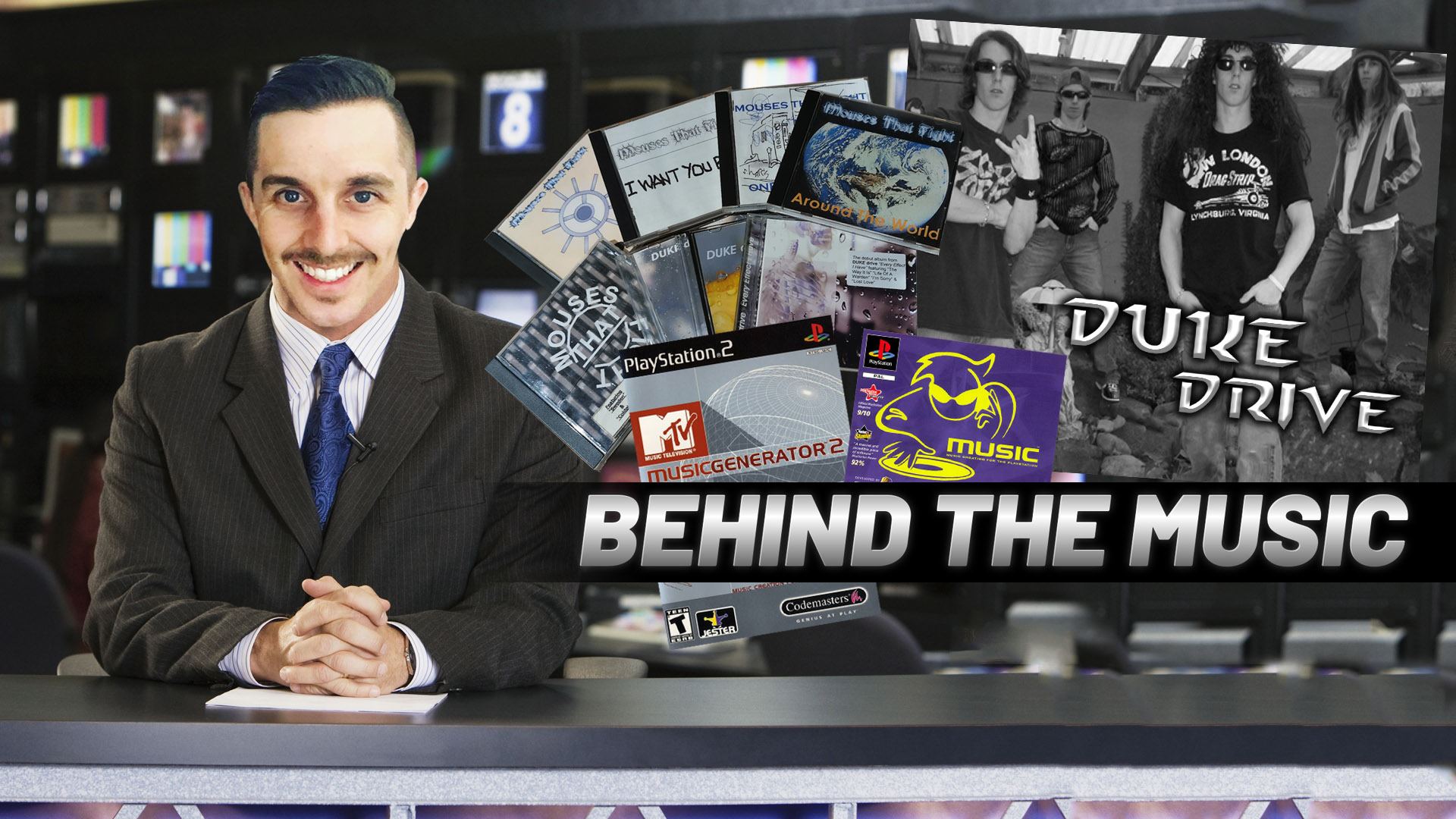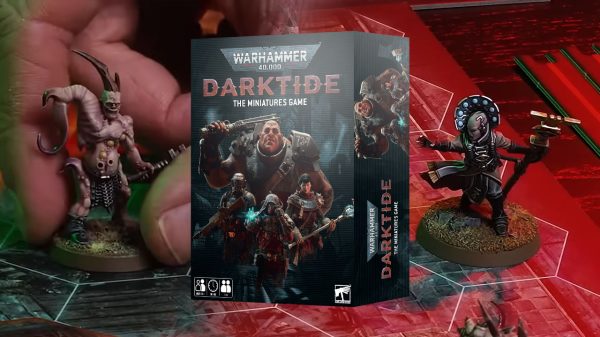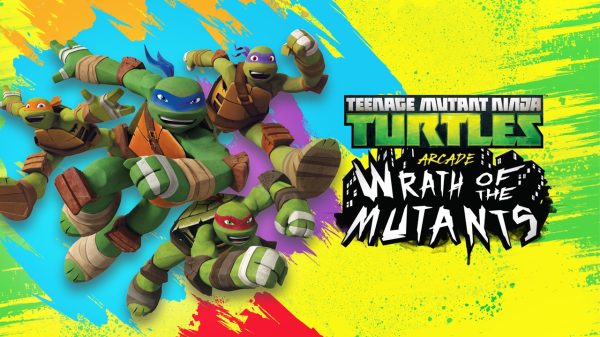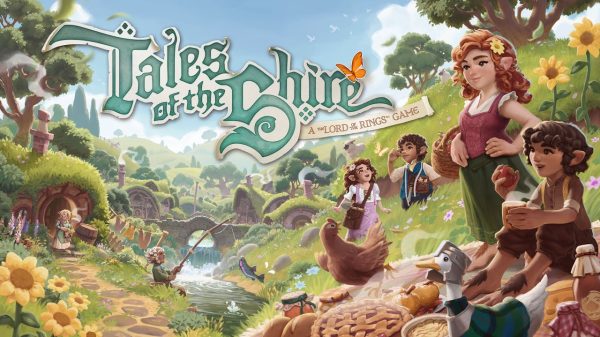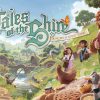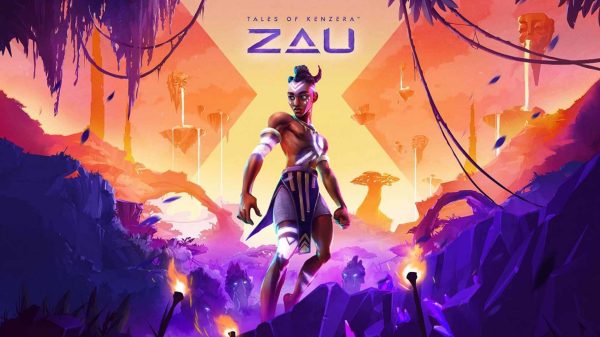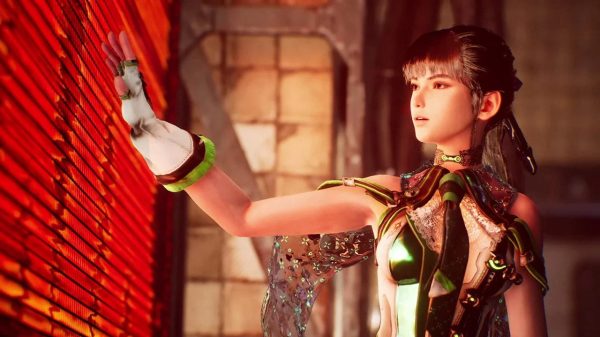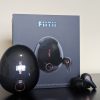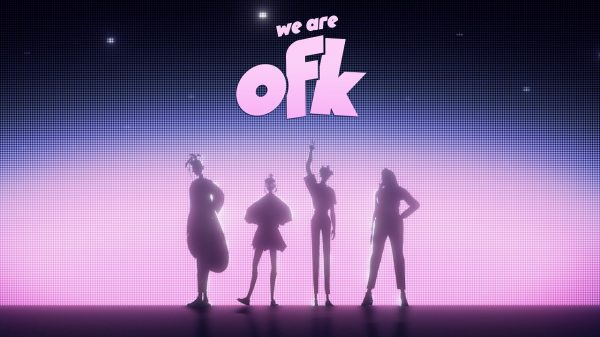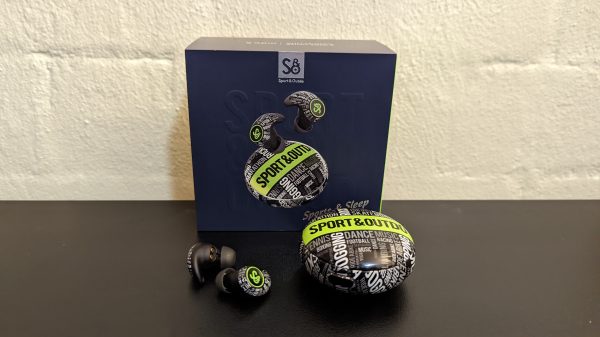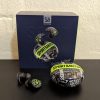Like many other people in the world, music has played a big part of my life – it’s the entertainment medium that I love the most. Yes, even more than video games. I’ve been playing, writing and recording music for over 20 years – my biggest musical claim to fame is that I co-wrote the inaugural club song for A-League club Melbourne Heart (now Melbourne City). A lot of people play video games to escape from the hustle and bustle of daily life, but for me, nothing helps me decompress better than listening to an album I love or strumming away on my guitar (usually with a delay pedal).
Growing up, none of my family or friends played any instruments, so it’s a little strange that I ended up with such a passion for writing music. My biggest inspiration was a handful of bands I grew up listening to such as Sick Speed, Breaking Benjamin, doubleDrive and Fozzy. I got my first guitar when I was 13 and although it took me a while to feel like I was making progress I eventually became confident to play in front of people (my parents). I’ve always been a believer in doing things the unorthodox way, so instead of sharpening my chops by learning to play cover songs I taught myself guitar by writing all my own songs. Fast forward 20 years and I have taught myself to play multiple instruments and I still don’t know a full cover song (probably why I never made it to the big time).
What does this have to do with video games? While the above bands may have inspired the style of music I wanted to write, the music creation seeds had been sown thanks to a video game, and it’s because of video games I have the passion for writing music that I do.

Some of the music creation games that have graced PlayStation consoles
I guess I should start back at the start. Even from a very young age I had a fascination with music. I would often pretend that I was a radio station host, recording shows on my tape recorder and listening back to them later because that’s what you do when you’re a kid – you do dumb shit you later look back on and think why did I ever do that? I’d pretend to feature international artists such as Phil Collins, U2 and Bryan Adams thanks to my parents’ CDs. Then as my own collection started to build (largely made up of boy band CDs at first – shoutout to JT and the NSYNC lads), I would write reviews and articles for magazines that I made up. All of this was before I was a teenager.
However, what really propelled my love for music into a different stratosphere was the ability to create my own music. Well, sort of.
Back in 1998, Codemasters launched the Jetstar Interactive-developed game Music on the OG PlayStation. It allowed players to play the role of both the conductor and producer, placing samples and loops where they pleased in the hope that it would sound good. Listening back to the songs I made almost 20 years later I can confirm that they didn’t – they sounded like total arse. But at the time I didn’t care, I thought I was on the path to stardom.
Now I wasn’t satisfied with just composing bangers on the PlayStation, I wanted more. I wanted people to hear these song (who knows why?). I started writing lyrics, real deep stuff like “Easter eggs waking up to find, yeah my favourite” and “I’m going to Sweden, to get there I gotta go through Norway and Finland, yeah!”
But why stop there? Why not go the whole hog?
As a kid I was obsessed with Chris Jericho – I’m talking posters all over my walls and figurines on my shelf (still unopened to this day). Once I even wrote a four-page bible for a religion I created called Jericholism (based on the great man himself) for a religion studies assignment (I went to a catholic school). Now when you go to a catholic school it’s probably not a wise idea to create your own religion, and as you can imagine, the teacher didn’t find it as enlightening as I did. Anyway, some of you may know that Jericho is the frontman for a band called Fozzy, and once my music taste started to transition from boy bands to rock and metal they became one of my favourite bands. Their mockumentary about being trapped in Japan for 20 years due to a dodgy record deal led me to discover Spinal Tap (if you don’t know who Spinal Tap are pause right now and click here) and having my little Tasmanian mind blown. It was then that I decided that I wanted in. I wanted my own fake band.
It was here that Mouses That Fight was born.
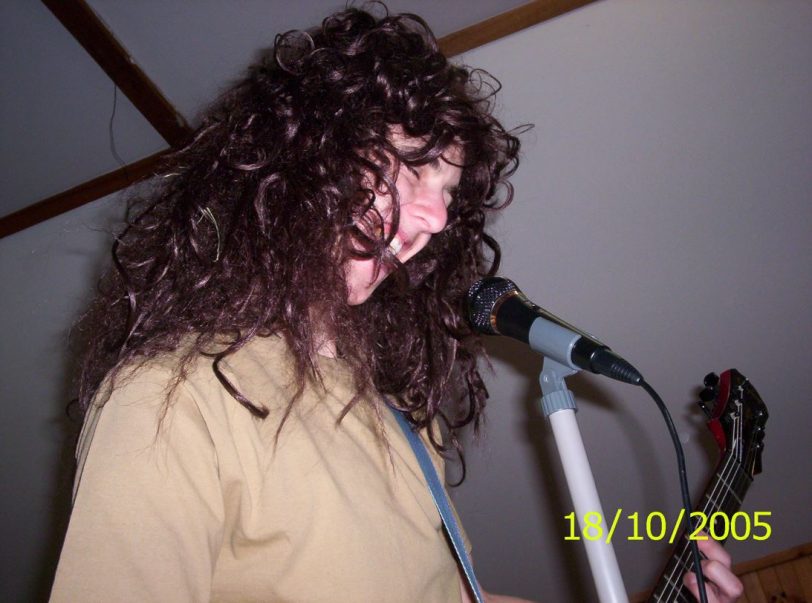
Big hair. Big personality
Let’s ignore the fact that I duffed the plural form of mouse, the name was inspired by Brian Jacques’ Redwall book series, one of my favourite book series I read as a kid. In grade nine I had to give a book report in front of my English class. I hated public speaking (only future politicians enjoy public speaking at 15), so I wanted it over before I even stood up. My ten-second review summed the book up in five words: “It’s about mouses that fight.” The rest, as they say, is history.
But in order to live the true Spinal Tap and Fozzy lifestyle I needed to create alter egos that would pilot the band to rockstar status. So next came the fake band members and the fake backstories…and the wigs.
Olly Potter (vocals and guitars), Jon Kernahan (bass) and Jonty Remus (drums) were the band’s original trio. I recorded the band’s first album in 2002; a ten-track self-titled monstrosity that was terrible in every facet. I remember recording each track by cranking up the sound of the game (the music) on my TV and singing over the top using Windows 98’s built-in sound recorder – the way the pros did it back then. The quality was dreadful, a true crime against music, but despite knowing that I persisted with my plan for music domination.
Next came the band’s second album in late 2002: One Night Stand, and again the quality was awful. However the more tracks I produced the better I got at understanding how to turn loops into a song and the more addictive the whole cycle became. After squeezing out as many tracks as possible out of Music’s loop I knew I needed some new material, and thankfully Music 2000 had released for the PS1 in 2000.
Music 2000 was infinitely better than its predecessor and it allowed me to craft a more rock style album for Mouses That Fight’s third release Around the World in 2003. It was such a style change that I had to add a new guitarist, Dante Barber. Honestly, the gulf in quality between the first two albums and the third was huge, and while I know deep down the album is rubbish (I still hadn’t upgraded the recording studio), I’m super proud of the instrumental tracks on that album, even if they are just a bunch of loops.
But how can you sell a fake band if you all look like the same person? I’ll tell you how: wigs.
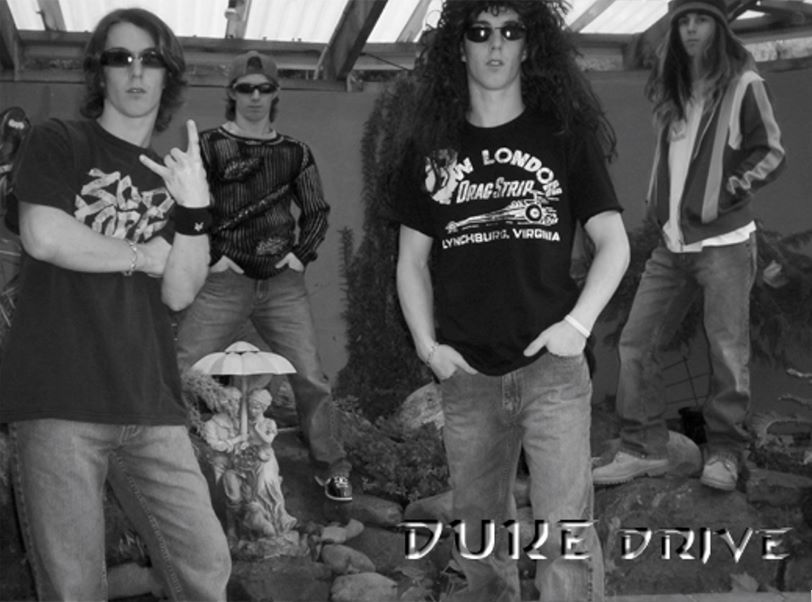
The many faces of DUKE drive
For my 16th birthday I asked my grandparents for a wig (probably the only person in history to do so), and not just any wig from a costume store, I mean a legit piece of hair from a wig store (I think it was close to $100). After all, having a fake band is serious business. Naturally the frontman and face of the band Olly Potter got the best head of hair, while bass player Jon Kernahan had to make do with a $10 job from the costume shop. One day Jon’s wig got caught on something and tore, so I went and bought a new one, this time with green streaks. I remember writing a small (fake) newspaper column on it. I really should have gone on to write for TMZ, or ended up in bedlam.
Now that I looked the part it was time to take things up a notch and not only be heard but be seen. I started having photoshoots around various places around Tasmania. Once I called up a horse stud near my old man’s house that had this really cool ramshackle barn area and asked “if my band could take some band pictures at his stud.” The owner was surprised but agreed. I don’t think surprised really captures what they must have thought when two teenagers rocked up with a suitcase, a bunch of wigs and a camera.
Once for a school media project I filmed a documentary for Mouses That Fight, including a music video and ‘behind the scenes’ footage of the band’s search for a new guitarist where I actually got a classmate who played the guitar to shred it on camera. Oh and I also recorded a live show when my parents were out one night. That footage is forever staying in the vault.
In hindsight, I feel sorry for my best mate at the time Jason Shegog, I made him accompany me on everything I did. He was the band’s photographer, executive producer, cameraman, part-time graphic designer, studio engineer and whatever else I needed him to do. While it sounds absurd on paper, we had crazy amounts of fun and would always laugh about how ridiculous the whole thing was. Thankfully, he didn’t mind too much as he’s still one of my best mates today, so huge shoutouts to the big man.
Early in 2004 I milked Music 2000 dry and released the band’s fourth album I Want You Back. It was definitely a downgrade on the previous record after using all the good loops for Around The World, and it was a sign that the magic was wearing off. But instead of shutting up shop I made another fake band for another style of music. Dollarfront (yes – a Nickelback rip-off name) was that band and yes they had their own back story too. Truth be told, I had invented a whole universe of fake bands. I had books full of fake bands and their fake songs I’d written (lyrically). I’d write press releases, profiles, album reviews, live reviews, interviews and forum posts for all these fake bands. I’m starting to sound a little eccentric, aren’t I?
In 2004 Dollarfront released their debut album Changing Lanes. It was essentially an album made up of leftover loops, which were mostly house, trance etc. Dollarfront wouldn’t go on to record more than one album after poor sales (a total of 0), but it was still fun to play around with different styles.
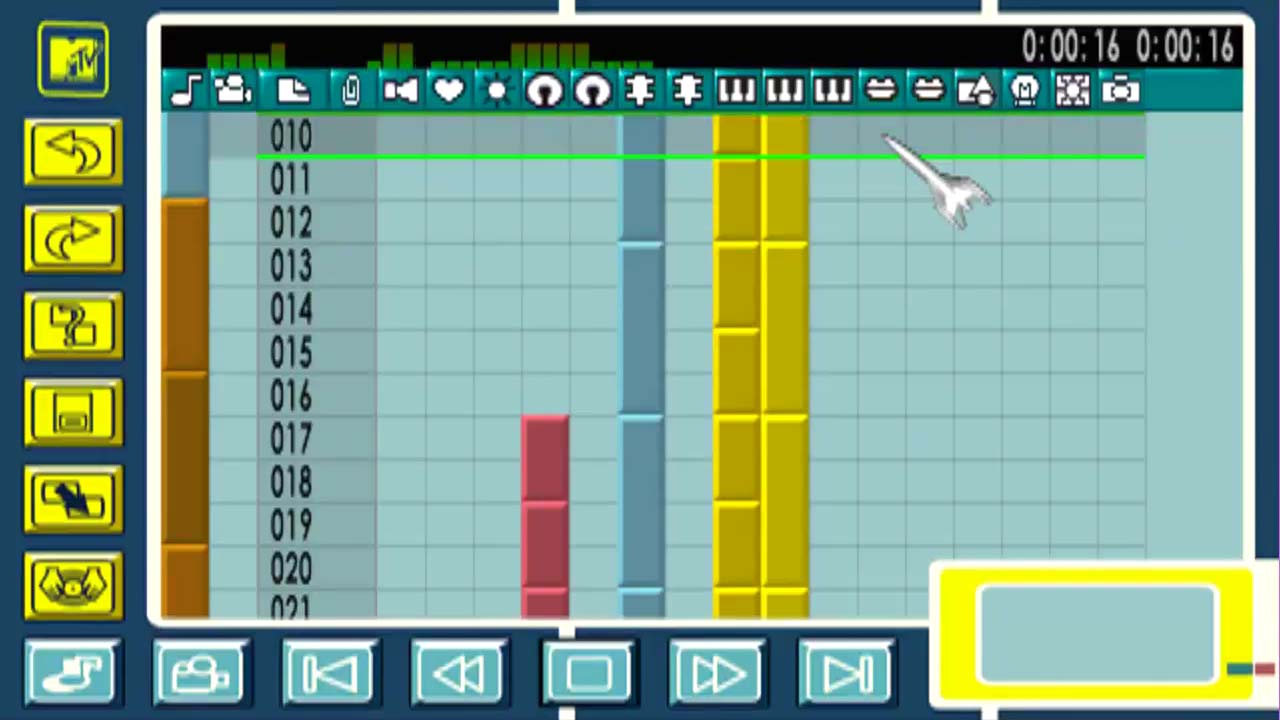
Your musical canvas in MTV: Music Generator 2 (image credit)
Once Mouses That Fight disbanded (rip) late in 2004, some of the members went on to form DUKE drive in 2005, with the name being a combination of my favourite musician Rich Ward (known as The Duke) and doubleDrive, one of my favourite bands. Original trio Olly Potter, Jon Kernahan and Jonty Remus survived the transition (though they all remained friends), with DUKE drive adding Troy Ashcroft (guitars and backing vocals) to the lineup. The project came about after I bought MTV: Music Generator 2 for the PS2, unearthing a treasure trove of loops that I could use to make Olly Potter’s magnum opus.
DUKE drive is when it really kicked into gear. I mean the Mouses That Fight years were fun but DUKE drive had resources ‘The Fight’ could only dream of. I would often spend my media classes using GarageBand to compose tunes with the huge loop library on offer as well as the myriad of loops I’d bought on eBay, and then after school I would use the school’s recording studio to record vocals for the album. The songs I made at home on MTV: MG2 I would record to VHS and then bring them to school to transfer into sound files by connecting the school’s VHS player to the mixing board and Pro Tools.
It took over six months but after recording more than 20 tracks (yes I wore the wig while recording vocals…) and culling the final release down to 16 tracks, DUKE drive’s debut Every Effect I Have was ready to unleash upon the world. I also revived Dollarfront as freightTRAIN and recorded a 20-track album for them too. No wonder I was a terrible student.
The Every Effect I Have album launch was a big deal. I pressed a bunch of CDs and printed album covers using Jason’s dad’s work printer, draining his ink tanks in the process – something he wasn’t too pleased about (can’t blame him considering that printer ink is one of the most expensive liquids in the world). At least it was going towards a good cause.
In order to celebrate the huge occasion, I held an album launch party – giving attendees an exclusive first listen to the album and a chance to meet legendary frontman Olly Potter.
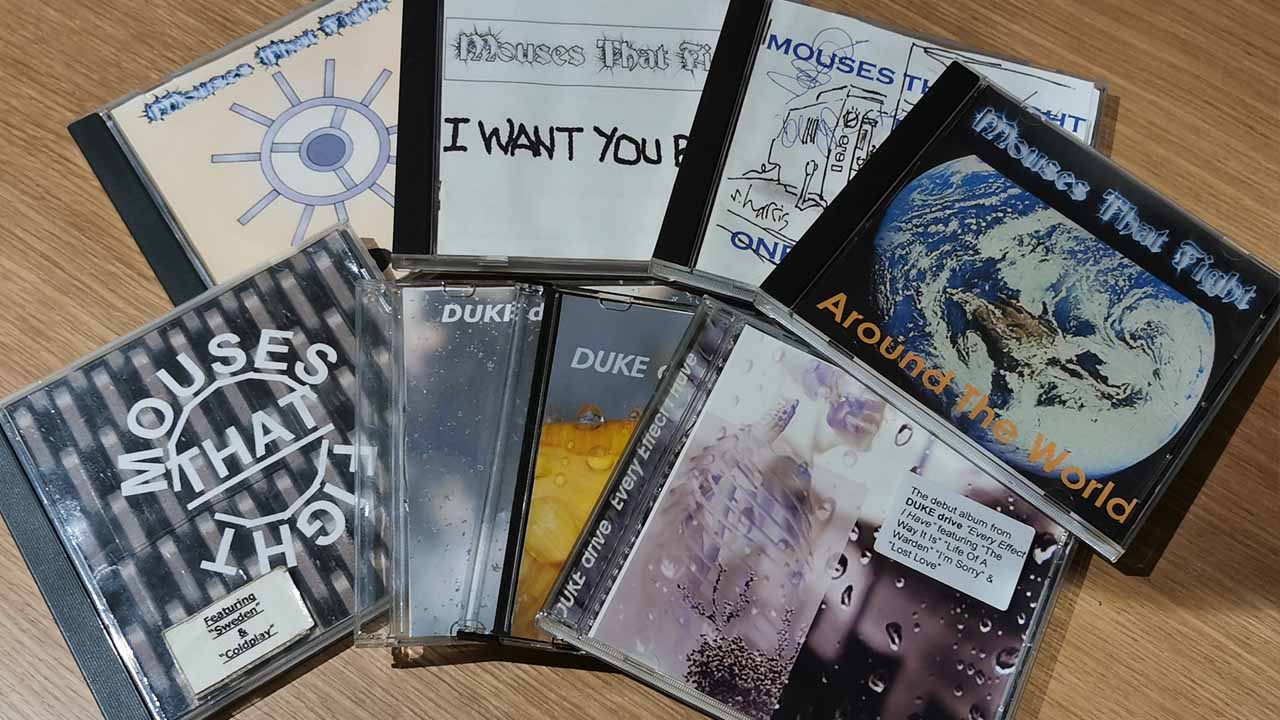
Rare physical copies of the Mouses That Fight and DUKE drive discography
Not only did I dress up in a wig and pretend to be someone else and force some of my closest friends to listen to my new shitty album, I made them pay for the privilege of owning it. I flogged copies for $10 each, while offering a limited amount of Olly Potter’s entire discography (Mouses That Fight + DUKE drive) for $20. I should be charged retrospectively for extortion. While the album wasn’t a hit with everyone, thankfully the night was a lot of fun and one I still remember fondly.
Not long after the album launched, drummer Jonty Remus parted ways with the band to pursue other ventures, with Donnie Burnley replacing him on the skins. The band released a B-sides collection titled Surface Tension to celebrate Remus’ contribution to the band.
After school finished (I graduated I swear) I started to write a DUKE drive album with songs I would write and play. I recorded a few demos in my home studio before pursuing other ideas. I’ve contemplated bringing back Mouses That Fight for old time’s sake, but at 33-years-old, dressing up in wigs for a fake band doesn’t quite have the appeal it once did.
Looking back it’s amazing that my passion for creating music all stemmed from a music creation video game. It proves that the impact video games can have on our lives can be profound. While all of this may sound utterly ridiculous (you may think I need help if you already didn’t), but I wouldn’t change any of it for anything. Except maybe the ability to sing. Olly Potter never could, and still can’t, sing.
I’d love to know how video games have impacted your life, whether in a small or large way. Share your stories in the comments or on our social media channels, or feel free to email them to me at zach@well-played.com.au.
As an encore, enjoy the evolution of Mouses That Fight and DUKE drive in all of their musical glory below:
Bonus tracks info:
The WellPlayed DLC Podcast intro music was created in Music 2000.
You can actually find professional demos created in Music by a band called CoLD SToRAGE (the same band that did the original Wipeout soundtrack) on the album’s Bandcamp page.
Furthermore, for proof I can actually play instruments, you can check out some of my old demos on Bandcamp from both of my projects: the midnight bloom and cerebralCircus. No singing in these ones, so they’re safe to listen to.
Despite a childhood playing survival horrors, point and clicks and beat ’em ups, these days Zach tries to convince people that Homefront: The Revolution is a good game while pining for a sequel to The Order: 1886 and a live-action Treasure Planet film. Carlton, Burnley FC & SJ Sharks fan. Get around him on Twitter @tightinthejorts




